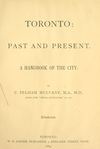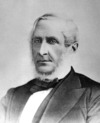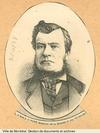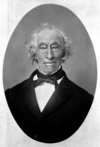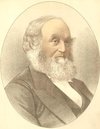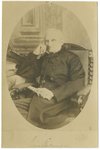several important officials in the West Indies, was seconded to the Colonial Office in 1824 because of his knowledge of the islands. Richard was educated in England by a tutor and at private schools. At the
diocese of Ontario, in 1868 and priest in 1872, he was licensed curate to All Saints Church, Kingston, in 1868, and later to various parishes in Lanark, Prince Edward, and Northumberland counties. Having
entry into the dominion. Relieved by the outcome, Musgrave predicted the result would expedite the entry of Newfoundland and Prince Edward Island.
With
. (Bolger). J. C. Macmillan, The history of the Catholic Church in Prince Edward Island from 1835 till 1891 (Quebec, 1913). A. B. Warburton, A history of Prince Edward Island from its
.
Born in a rural area at the eastern extremity of Prince Edward Island, it is probable that Angus McDonald passed his first years in humble circumstances. Despite the irregular nature of his early
. 1889 in Charlottetown.
Edward Palmer’s father, an Irish attorney, came to Prince Edward Island in 1802 as land agent for an absentee proprietor. From
Bay, P.E.I.
Sylvain-Éphrem Perrey was born some 50 years after the deportation of the Acadians of Île Saint-Jean (Prince Edward Island) in 1758
Brunswick District, Minutes, 1836, 2 Nov. 1842 (mfm. at UCA). Methodist Church (Canada, Newfoundland, Bermuda), New Brunswick and Prince Edward Island Conference, Minutes (Saint John), 1890
.
James Colledge Pope’s father, a native of Plymouth, England, immigrated in 1819 to Prince Edward Island. In the company of his older brothers Joseph became involved in the timber business at Bedeque
Micmacs in colonial Prince Edward Island,” Acadiensis, 6 (1976–77), no.1: 21–42.
1861 and again in 1867–68 he served as president; during the years 1864–67 he was chairman of the Prince Edward Island District. His last official position before his retirement in 1870 was as chairman
. In 1859 the Colonial Office appointed Ritchie a member of a three-man commission to investigate the land question in Prince Edward Island. Although he represented the interests of the absentee
Kent* and surgeon Edward Kielley* outside the house. Brought before the assembly on a speaker’s warrant for having allegedly committed a
Presbyterian Church (1870), the best known of his several local churches, and in Charlottetown the Bank of Prince Edward Island (1867) and the Post Office (1871
in Glasgow. In 1811 he joined the Hudson’s Bay Company and sailed with other apprentices from Stornoway to York Factory (Man.) in the chartered ship Edward and Ann. From 1811 to 1817 Tod was
55 years, during which time he held pastorates in Nova Scotia, New Brunswick, and Prince Edward Island. He remained only a short time at most of these places and frequently returned to the Amherst
parents and sister to Prince Edward Island where they settled at St Andrew Point (Wightmans Point) in Lot 59, Kings County. They leased 179 acres of land from Sir James Montgomery, a major land
Charles*, and his father all held the office of surveyor general of Prince Edward Island. Wright evidently studied under the direction of his father and by 1829 was working in the office of the surveyor
the whole island, against Richard Smith*, manager of the General Mining Association at Sydneoung had already won the gratitude of newly
left Nova Scotia only once, on a trip to Prince Edward Island). He had been at the mercy of his copyists, and he was able to show that Casgrain’s charges were completely without merit. Further, he could



